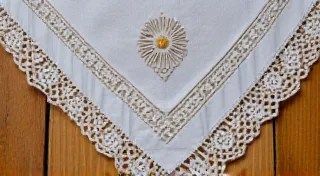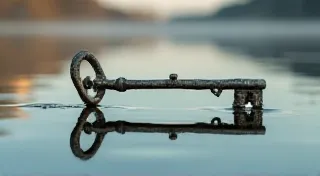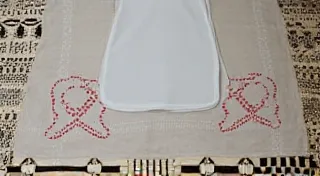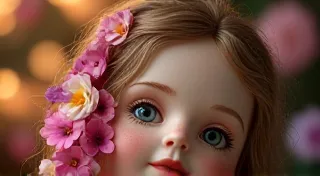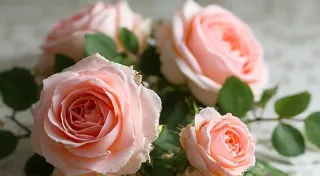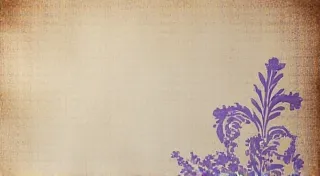How to Care for Your Antique Handkerchief Collection
Antique handkerchiefs are delicate treasures, each whispering stories of times gone by. Their beauty lies not only in their intricate designs but also in the quality of the fabrics and hand embroidery used. As a collector, preserving these linens is paramount to ensuring they remain beautiful for generations to come. Improper storage and handling can lead to fading, damage, and deterioration. This guide provides essential tips and advice on properly caring for your antique handkerchief collection. Understanding the history and craft behind these textiles can add another layer of appreciation; for instance, those interested in the techniques used to create the intricate designs might find A Beginner's Guide to Hand Embroidery on Antique Handkerchiefs particularly insightful.
Understanding the Materials
The first step in proper care is understanding what your handkerchiefs are made of. Common antique handkerchief fabrics include:
- Linen: Strong and durable, but susceptible to mildew and water stains if not stored properly.
- Cotton: Often softer than linen and can be more prone to fading.
- Silk: Extremely delicate and requires specialized care to prevent damage.
- Fine Wool: Less common but present in some collections, and requires careful cleaning and storage.
Knowing the fabric type informs how you should handle, clean (or *not* clean), and store your handkerchiefs. The specific construction techniques used, particularly in those featuring exquisite embroidery, are often a testament to the skill of the artisan. For those eager to learn more about the artistry embedded within these collectibles, a deeper dive into hand embroidery techniques can be truly rewarding.
Storage is Key
The storage environment is arguably the most critical factor in preserving antique handkerchiefs. The very essence of these pieces – their fragility, their connection to the past – demands careful consideration of their surroundings.
Ideal Storage Conditions
- Cool and Dry: Avoid attics, basements, and garages where temperature and humidity fluctuate. A climate-controlled closet is ideal.
- Darkness: Light, especially sunlight, is a major cause of fading. Store handkerchiefs away from direct sunlight and bright artificial light.
- Low Humidity: High humidity encourages mold and mildew. Consider using desiccant packets (silica gel) to absorb excess moisture in your storage containers.
Safe Storage Methods
Here are some practical storage solutions:
- Acid-Free Tissue Paper: Wrap each handkerchief individually in acid-free tissue paper. This provides a barrier against dust and pollutants and prevents direct contact with other linens, reducing friction damage.
- Acid-Free Boxes: Store the wrapped handkerchiefs in acid-free archival boxes. These boxes are specifically designed to protect valuable collectibles.
- Flat Storage: Whenever possible, store handkerchiefs flat. Folding creates creases that can weaken the fabric over time. If folding is unavoidable, refold periodically to shift the crease lines.
- Avoid Plastic: Plastic bags and containers can trap moisture and release damaging chemicals. Stick with breathable materials like cotton or linen.
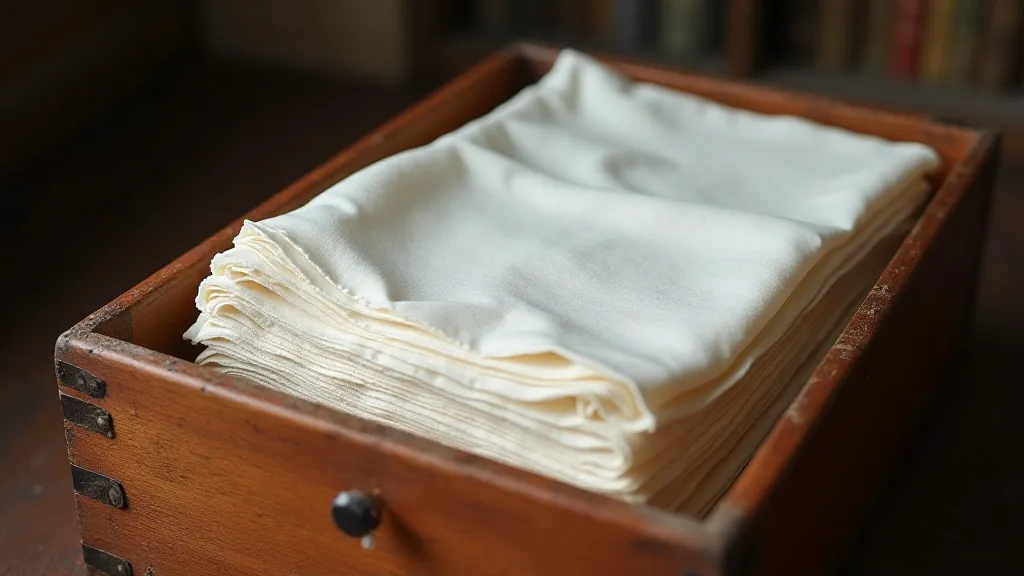
Cleaning: A Delicate Matter
Generally, avoid cleaning antique handkerchiefs unless absolutely necessary. Cleaning can damage fragile fabrics and embroidery. The passage of time has already taken its toll; harsh cleaning methods can accelerate that process. If a handkerchief is lightly soiled, spot cleaning with a very gentle, pH-neutral soap diluted in distilled water *might* be considered, but only if you're comfortable with the risk. Always test the solution on an inconspicuous area first.
Never: Use harsh detergents, bleach, or dry cleaning. These can strip the fabric of its color and damage the embroidery. The stories these linens hold are often more valuable than their pristine appearance.
Handling with Care
When handling antique handkerchiefs, be gentle. Avoid pulling or stretching the fabric. Wash your hands before handling to prevent transferring oils and dirt. Think of each handkerchief as a tangible link to a bygone era – treat it with the respect it deserves.
Inspection and Documentation
Periodically inspect your collection for signs of damage, such as fading, staining, or insect damage. Documentation is crucial not only for insurance purposes but also for sharing these pieces of history with future generations. Consider documenting not just their physical characteristics, but also any related provenance information you might uncover.
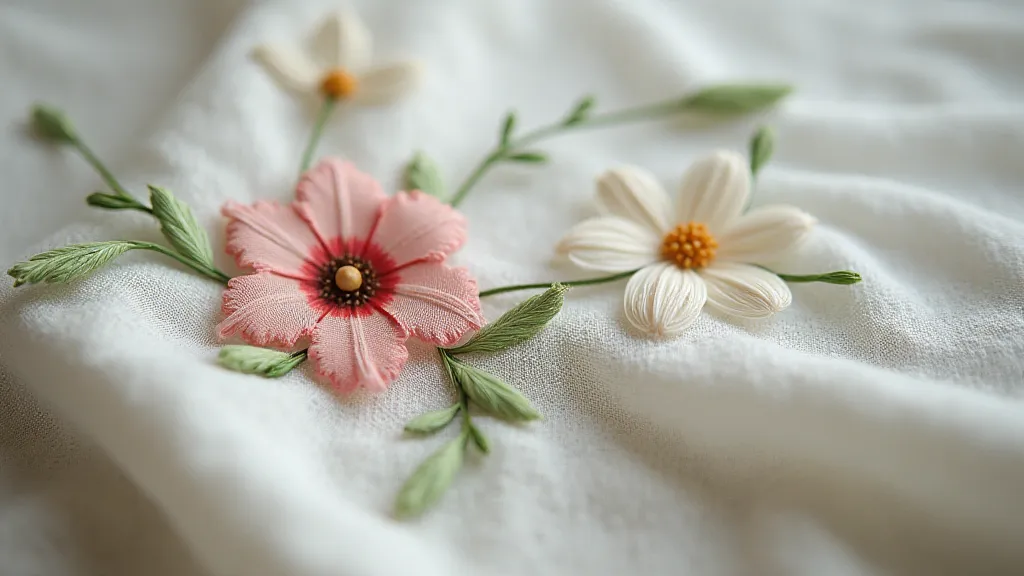
Dealing with Specific Issues
- Water Stains: Unfortunately, water stains are often permanent. Preventative measures (proper storage) are the best defense. They serve as a constant reminder of the fragility of these textiles.
- Insect Damage: Inspect for moth holes. Cedar blocks or lavender sachets (placed *outside* the storage container, as direct contact can stain) can help deter insects. The threat of insect damage is a persistent concern for collectors of delicate fabrics.
- Fading: Protect handkerchiefs from light exposure to slow the fading process. Light is a relentless enemy; vigilance is key.
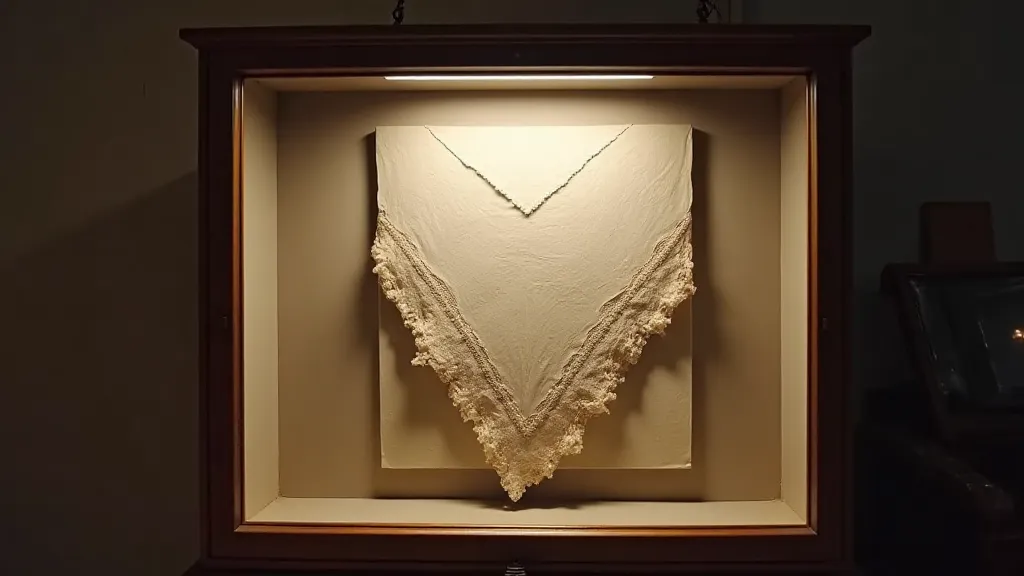
The Emotional Value & Connection to the Past
Beyond the technical aspects of preservation, it's important to acknowledge the profound emotional value associated with antique handkerchiefs. These were not mere functional items; they were often treasured heirlooms, carried by loved ones, and imbued with personal significance. The delicate weave, the careful embroidery – they represent a time when craftsmanship and attention to detail were paramount. They offer a unique window into the social customs and fashion of earlier eras, providing a poignant connection to our ancestors. The stories embedded within these linens are often as captivating as the pieces themselves. Reflecting on the lives of those who once held these handkerchiefs can be a truly enriching experience, deepening your appreciation for their historical importance. Consider how the threads of the past intertwine with our present, reminding us of the enduring power of memory and legacy.
Expanding Your Knowledge: Related Topics
For those deeply invested in the world of antique textiles, several related areas of study offer further enrichment. Understanding the broader context of textile production, the evolution of design motifs, and the cultural significance of linen and other fabrics can transform your collecting journey from a hobby into a truly immersive exploration of history and artistry. The tangible link to memories and eras gone by is undeniable, and exploring the broader context amplifies that connection.
If you find yourself fascinated by the intricate designs and techniques employed in creating these heirlooms, you may want to delve deeper into the realm of antique lace. Techniques such as meanders, filet lace, and other elaborate patterns are often incorporated into handkerchiefs, adding to their beauty and value. The subtle nuances of these techniques tell their own stories, reflecting the evolving tastes and skills of bygone eras. Ephemeral Echoes: The Fragility of Memory Woven into Collectible Linens explores this very notion in more detail.
Furthermore, appreciating the personal narratives woven into these delicate fabrics can be deeply rewarding. These handkerchiefs were often carried as keepsakes, imbued with sentimental value and representing cherished relationships. The whispers of history contained within these textiles offer a glimpse into the lives of those who once cherished them. The Whispers of Threads: Unraveling Personal Narratives in Antique Linen further explores this profound connection.
Preserving your antique handkerchief collection requires patience, attention to detail, and a commitment to following these guidelines. By taking these steps, you can ensure that these beautiful pieces of history remain treasured heirlooms for generations to come. They’re more than just fabric; they are vessels of memory, whispers of the past, and tangible links to those who came before us.
